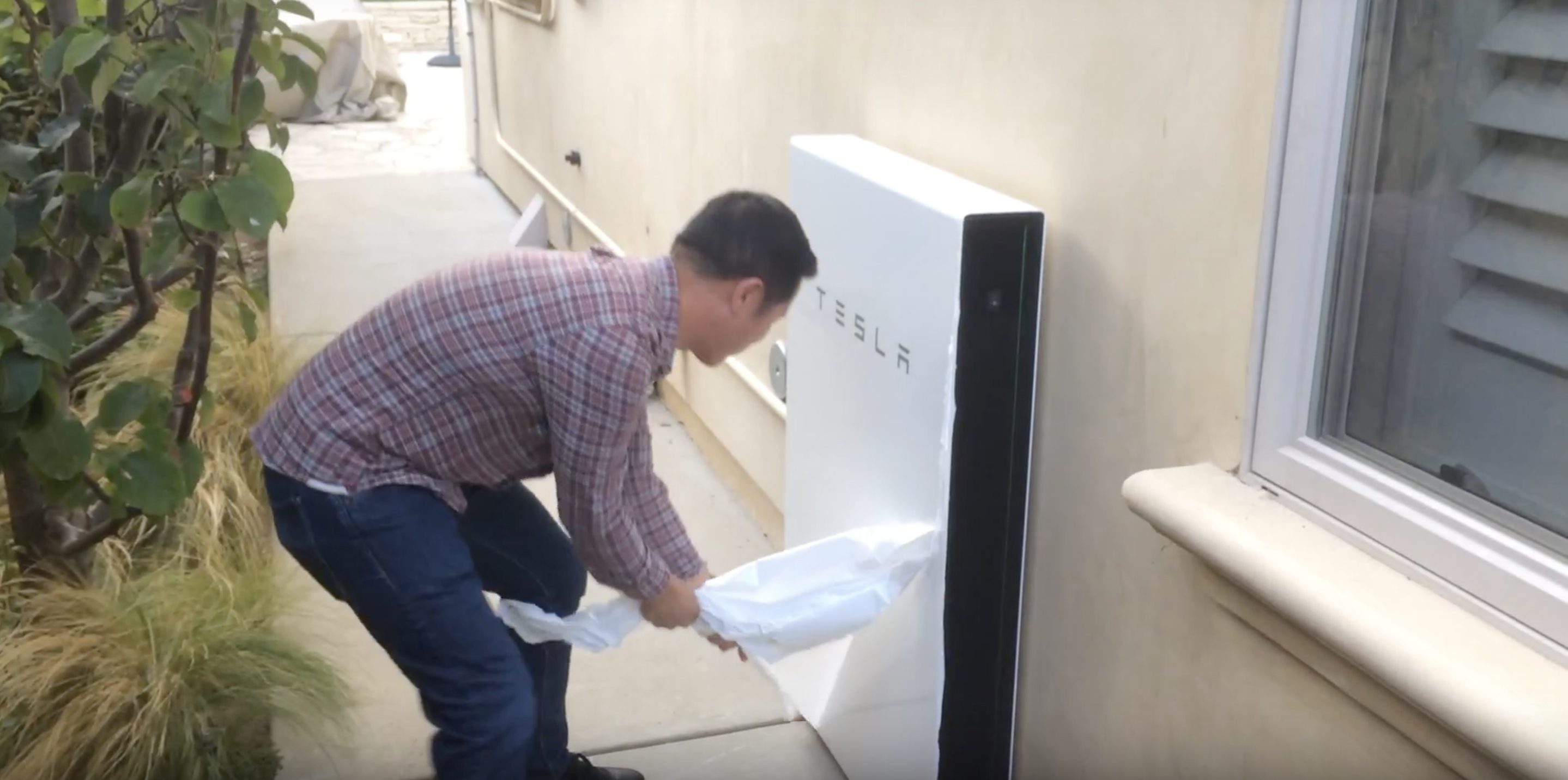Table of Content
Concerning electric vehicles in general, things appear to be changing relatively quickly. Charging a Tesla at home is as simple as plugging it in using the mobile connector or wall connector. The mobile connector is simple; you just use the adapter to plug the car into any 120V or 240V outlet. You can then unplug it from both the car and the wall to take with you. The wall connector requires professional installation initially, as it is hardwired into your home and cannot be removed easily, but then you just plug it in like you do the mobile connector.
While the mobile connector can charge fairly quickly, you're more likely to get a faster charge with the wall connector. That's because this connector must be hardwired in, and that means it can pull more amps than a standard 240V outlet. A “Level 2” EV charger is simply any EV charger that can connect to a particular type of electrical circuit — 240 volt, split phase circuits . But just like different clothes dryer models take different amounts of time to dry your clothes, different EV chargers take different amounts of time to charge your car. It’s worth noting that a Wall Connector has a maximum charge rate of 32 amps for the standard range Model 3, which is 30 miles of range per hour of charging.
Most Cost-Effective Non-Tesla Home Charger – EMPORIA Smart EV Charger
Not shown is the original Tesla Universal Mobile Connector . The UMC is an up to 40-amp device, but for decision-making purposes is otherwise similar to the Gen 2 MC (Options 1 & 2). With the continued influx of new Tesla owners, questions continue about the best way to charge at home.

But the cable is stiff and doesn’t feel quite as bendable. The Pulsar Plus charger is their best-selling product in Europe because it’s a super-connected product. Another thing to note about this charger is that it has a nice storage location for the handle that actually pivots, and this makes it easier to both insert the handle and remove it from the charger. The build quality on the product seems nice, solid and durable. The well-built, high-quality EMPORIA smart home charger may be an overall excellent value on the market. We’re going to pick the top 5 best home chargers for Tesla on the market now, and will update the information regularly as there are so many updates going on in this industry.
Future Generations Will Thank You
In the simplest form, there are really two ways to charge a Tesla, either at home or at a Supercharger. Setting up a Tesla charging station requires a sizeable investment to get solar panels and other equipment. So, while solar energy helps you save in the long run, you incur a startup cost at the beginning. On average, solar panels in the US cost between $3,500 to $35,000.
Founder Elon Musk wanted to ensure charging is easy and simple for Tesla owners and a better experience than going to a gas station. Tesla Battery Ideal State of ChargeWhen charging, you can set your Tesla to stop charging at a designated level, allowing you to simply plug in when you come home and not worry about overcharging. Tesla also has a recommended maximum charge for daily charging, set by default. You can charge a Tesla almost anywhere there is power, even a 110V outlet since Tesla includes adapters for standard power outlets . Tesla’s mobile app is the perfect companion for Tesla vehicle owners.
Additional Resources
In this article, we’ll go over everything you need to know about charging a Tesla at home. We’ll go over charger levels, volts and amps, extension cords, adapters, and the highly efficient optional Tesla Wall Connector. Additionally, we’ll compare home charging rates between Tesla’s most popular models.

The next step is to install either a wall connector or a NEMA outlet depending on the type of vehicle and how fast one wants to charge. Wall connectors are designed specifically for Tesla vehicles and provide up to 80 amps of power, allowing drivers to charge their cars faster than with a regular outlet. NEMA outlets are more versatile as they provide up to 50 amps of power which makes them suitable for other electric vehicles too. Level 2 chargers run on 240 volts, and charge times vary based on amperage. At up to 80 amps, a Level 2 Tesla charger will add between 9 and 52 miles of range per hour and take between 6 and 30 hours to charge completely.
Installation Process
It is recommended that you plug the car in each day to charge it. The car has lithium ion batteries, so there is no memory effect. It’s important not to let your Tesla battery run out of charge. Always ensure you have at least 80% charge capacity to maintain proper battery life.

His passion for cars is his daily motivator and is constantly working on his projects such as restoring his 1966 Bronco, 1968 Firebird, or modifying his 2022 Bronco. "Ken installed our kitchen fixture and we are SUPER HAPPY would hire him again." If a homeowner in the US has a 5000 Watt solar system, they will get around 6071 kWh annually. After disconnecting the handle, the charging area door on your Tesla closes automatically. This supports helps support the site as we donate 10% of all profits to sustainability organizations that align with our values.
Otherwise, unlock the car doors, and press on the charging port door to open it. If the car is unlocked, you can simply press the charge port door to open it. Cheaper than buying gas in all 50 states –even when gas prices are low. And EV maintenance is ⅓ lower than that of a comparable gas car. The deal will just keep getting better and better for EV drivers as the technology becomes more widely adopted.
Tesla Supercharger LineIn addition, popular Tesla Supercharger locations may automatically limit the maximum charge to 80% since charging becomes slower as the battery becomes fuller . By limiting the charge to 80%, your vehicle fills up quickly and doesn’t clog up a charging stall just to fill up the small remaining amount, which could take a while. You can always override this setting, but it’s nice to be courteous, especially if others are waiting. Tesla V3 Superchargers are the latest and greatest chargers deployed by Tesla in 2019 and rolling out in earnest in 2020. These provide the highest power rate, up to 250 kW, and best of all, don’t split the charge between stalls as the V2 Superchargers do. The only way to identify V3 Superchargers is via the built-in vehicle map or by visiting Tesla/findus.
Apart from buying the solar panels and other items necessary for a proper charging station, note the installation costs of solar. When you want to charge your Tesla with solar power, you need a mobile connector to connect the car to the charging station. It’s easy to note the Tesla mobile connector since it resembles a laptop charger. In the times where you can’t charge at a Tesla Supercharger or Destination Charger, you can utilize one of the growing number of public EV charging stations.

If you drive 37 miles each day, for example, a Tesla charger that delivers up to 30 miles of range per hour when charged is the right one for you. Also, an empty 1000 kW battery can be fully charged overnight thanks to Tesla home chargers. The regional variation affects the costs as, in some areas, electricians will charge more based on regional rates. Installation costs will be higher or lower depending on how much wiring you will need to complete the home charging station installation. Using standard 110-volt outlets, Tesla drivers may have to wait up to four days for the electric vehicle to fully charge before driving it at will. Additionally, using Level 1 charging with a 110-volt outlet has negligible effects on battery life and efficiency.

No comments:
Post a Comment